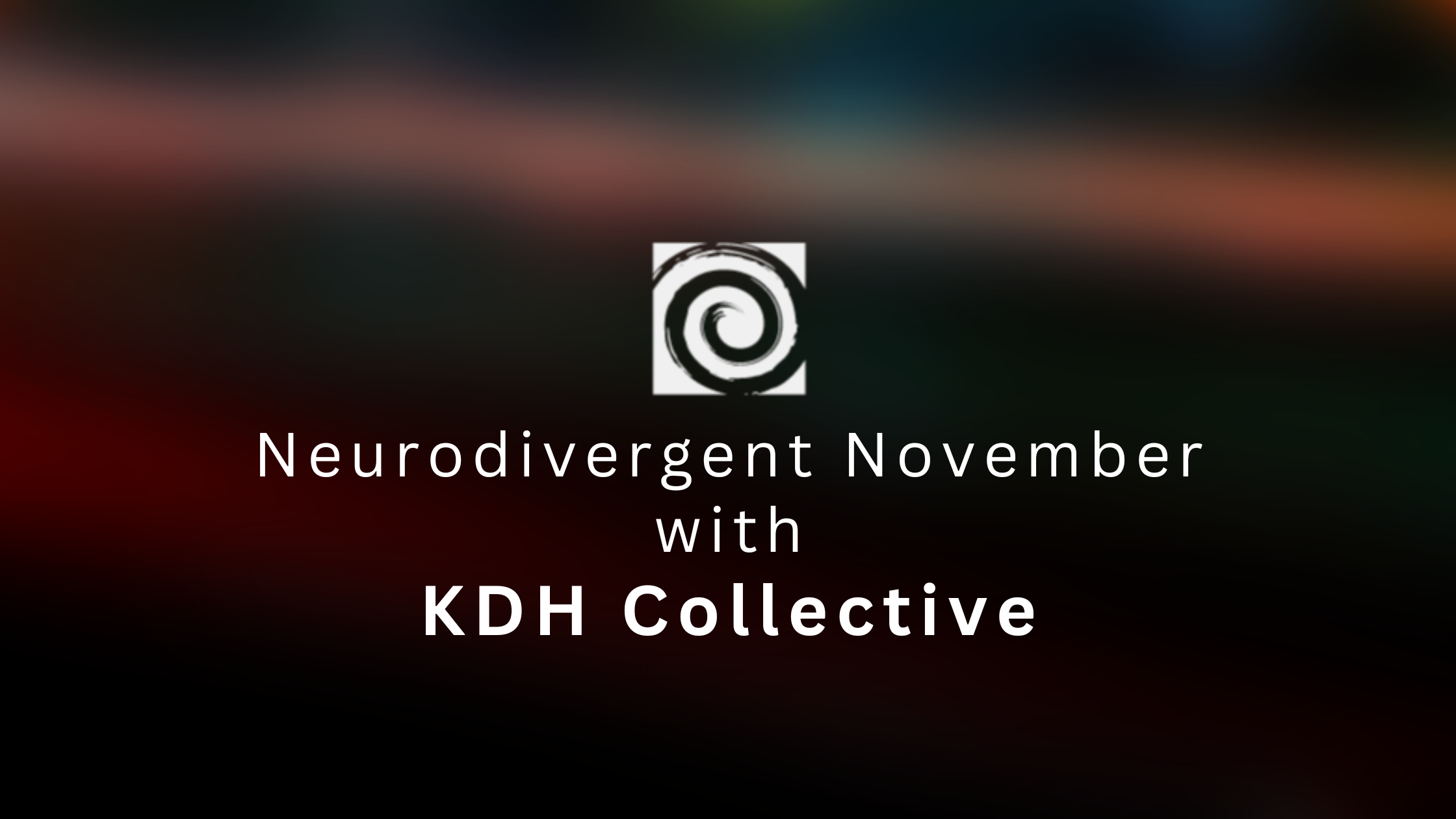1 min read
Equity in the Margins
For the oldest profession known to man, sex work remains a contentious career choice for those who engage in it. These days, sex work is more...
4 min read
KD HOLMES, LPC, EMDR CERTIFIED, BTTI TRAINED
:
Dec 2, 2023 3:46:37 PM

I feel a sense of shame sharing intense emotions, so I keep them to myself. However, it is humanly impossible to avoid feeling. It is a natural part of being human, that is shaped by our personal histories, and provides a map of our desires.
It's time to break my silence and address an issue that truly infuriates me – clinics filled with therapists with no diversity in body type, skin color, or gender.
As therapists, we cannot ignore the power dynamic that exists which makes it even more imperative for us to guide by example. As the owner of a clinic, it is my responsibility to champion diversity in all its forms: race and ethnicity, sexuality, gender, religious affiliation, and neurodiversity.
We must be willing to engage in difficult conversations with empathy informed by knowledge.
22% of social workers (Institute for Health Workforce Equity, 2020)
7% of marriage and family counselors
11% of professional counselors
The answer lies within us, the therapists. But what if we, as therapists, have white skin? What does this mean for the therapy room? Being knowledgeable about race is an integral part of our job.
It starts by acknowledging your own biases and uncomfortable feelings surrounding this topic. As a white woman, I have not faced the same struggles of individuals with different skin colors. Let us take a moment to truly absorb this reality. As a white woman, I have not faced the negative judgment that comes from the color of my skin on a daily or weekly basis. I haven't experienced the constant scrutiny that shapes how the world perceives me, and this truth, supported by personal experiences and shared family history, is not deeply ingrained in my memory. While I may be able to empathize with my clients, I humbly recognize that I will never truly comprehend what it is like to have brown skin.
Once someone schedules an appointment, it is now, my responsibility to meet them and provide support. In therapy, we have the ability to support individuals with experiences and mental health issues that we may not have personally encountered. We can bridge this gap by asking questions, actively listening, and drawing upon our own life experiences to better understand other's struggles. Having experienced the challenges of growing up with an alcoholic parent, facing exclusion from my extended paternal family and being ADHD, I have gained profound insights into the complexities of being different and the emotional anguish that accompanies it. My difference is neurological - ADHD and chosen through my values, so it does not match racial differences that are propelled upon a person externally. But my own trauma work and empathy allows me to connect with my clients on a profound level, even if I have not walked in their exact shoes.
Within the walls of my office, it is my duty to create a safe and comfortable environment for all clients, including discussions on race. How do I achieve this? One effective method is by being informed by statistics that support my client's experiences, constantly researching and learning about their backgrounds even when we are not physically together. This extra effort makes my clients feel heard and valued.
Armed with statistics, research, and a thorough understanding of how race intersects mental health issues, I am better equipped to forge connections time and time again. Sometimes, these attempts may miss the mark, making the client uncomfortable or not building the desired bridge. As a trauma therapist, I am trained to notice subtle changes in facial expressions and body language, we call this attuning.
Attuning starts with checking in with a client when I notice subtle changes, or when I suspect feelings (this is informed by research). Some individuals do not show how they feel through social cues. This is a natural response of how certain brains function or its an adaptive response to trauma. In certain cases, it may be a combination of both. The practice of attunement guides identifying any moments of misalignment to rectify harm. This attunement is crucial in therapy, as it paves the way for navigating through our differences. If I notice any signs of discomfort, I make it a point to check in with my client to understand the source of their unease. By actively listening to their emotions, I am able to gain valuable insights and a deeper understanding of my clients.
Attunement is an innate impulse fueled by my desire to connect and bridge the gap. Honestly, it's one of the most rewarding aspects of my role as a therapist and as a human being. I find immense joy in truly seeing people and connecting.
As a specialist in OCD, I frequently come across clients who have obsessions about being homicidal or experiencing disturbing intrusive thoughts and images. It is crucial for me, as their therapist, to address any concerns they may have regarding my white skin color intersecting with their brown skin color and OCD. Such as the fear that I may perceive them as dangerous or report them to the authorities. These concerns are an opportunity for me to provide reassurance and dispel any misconceptions. These conversations play an integral role in the healing process and are essential for effective treatment. Clients have every right to express their fears and concerns, and by openly engaging with them, we can pave the way for progress.
Equipped with ongoing research and understanding of how race intersects mental health issues, I continue to deepen my connections with my clients' time and time again. These connections shed light on the intersections of race and mental health, ultimately becoming powerful tools of connection. Through my willingness to put myself out there and learn, I gain valuable insights and understanding.
In summary, my office is a space where I prioritize the comfort and well-being of my clients. Discussing racial differences is an important aspect of this, and I achieve it through thoughtful engagement in session, ongoing research, and deepening my understanding of how race intersects mental health. These intersections are real time in my office. What a wonderful opportunity to build connections with my clients, learn, and create a truly inclusive therapeutic environment.
And just like the eternal nature of learning, I embrace these conversations with my clients as an integral part of my own personal growth. Their honesty in uncovering the painful truth of racism and how it manifests in my office never cease to amaze me. Their voices, which I hope will shine through in this blog, inspire me to continue sharing the knowledge they have entrusted in me. I am humbled by these conversations and hope to continuously learn and improve until the end of my days.

1 min read
For the oldest profession known to man, sex work remains a contentious career choice for those who engage in it. These days, sex work is more...

2025 is here - it's a time for fresh starts, new beginnings, and – let's be honest – a little bit of dreaming. As clinicians, we're constantly...

The beauty of being the KDH Collective, a group of neurodivergent clinicians and scholars, is that we have the unique ability to and intense passion...